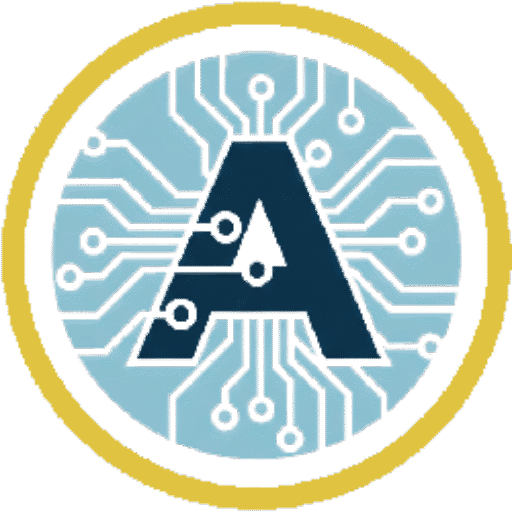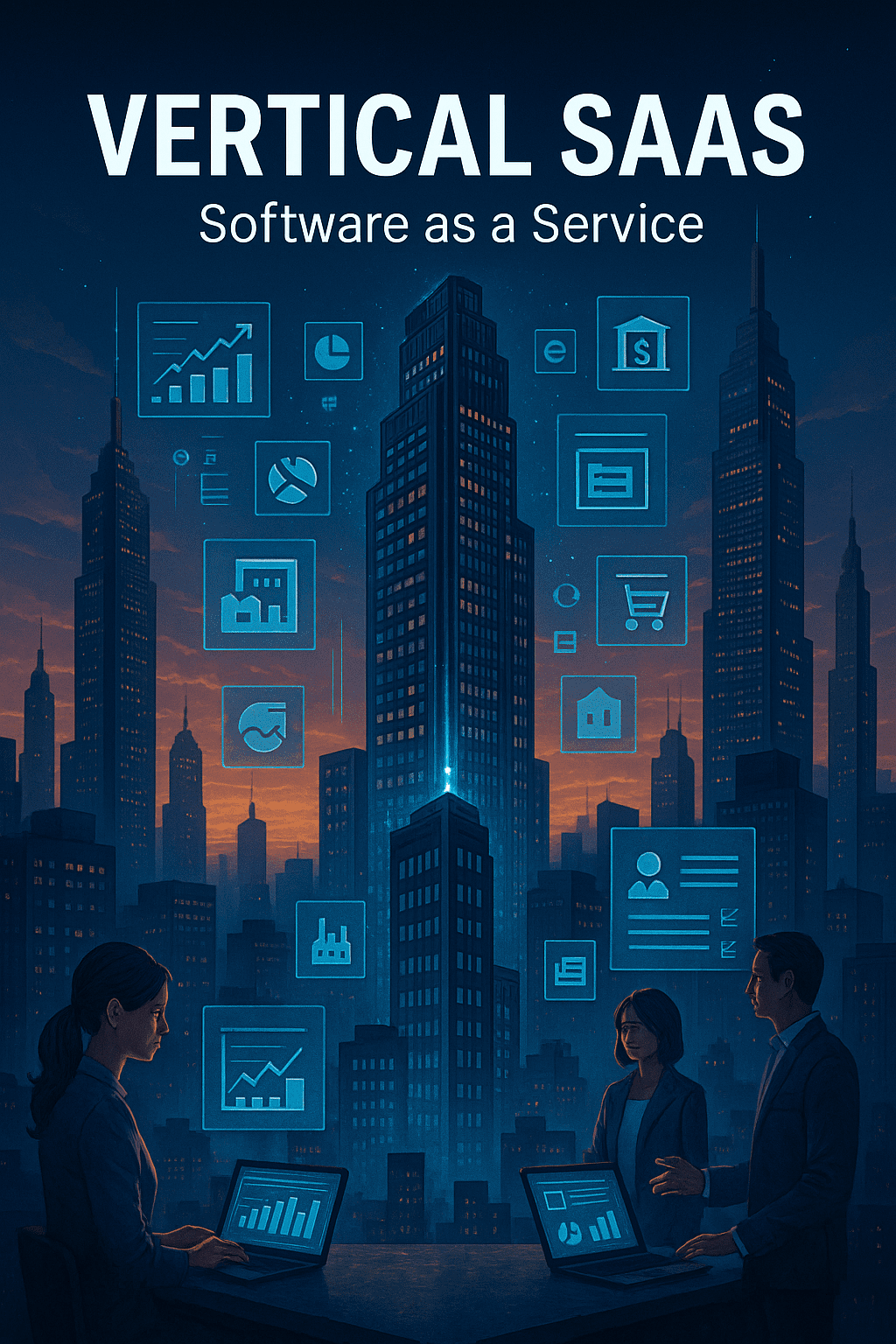Following the broad success of B2B SaaS (Business-to-Business Software as a Service), a new, more specialized category has emerged as a major growth driver: Vertical SaaS.
If generic B2B SaaS offers a powerful, multi-tool solution applicable to many different industries—like a universal remote—then Vertical SaaS is the highly specialized, perfectly tailored controller designed for one specific piece of equipment.
The core answer to what is Vertical SaaS is simple: it is Software as a Service (SaaS) built specifically to meet the unique, deep needs, workflows, and regulatory requirements of a single, defined industry vertical (e.g., healthcare, construction, real estate, or automotive). By focusing on one niche, Vertical SaaS solutions can offer functionality and integrations that broad, cross-industry (or Horizontal SaaS) platforms cannot match.
Vertical vs. Horizontal SaaS: Understanding the Difference
The best way to understand Vertical SaaS is to contrast it with its predecessor, Horizontal SaaS.
The fundamental difference between Vertical SaaS and Horizontal SaaS lies in their market focus and the depth of their solutions. While both are critical components of the B2B software landscape, they cater to entirely different business needs and leverage different growth strategies.
Horizontal SaaS: The Generalist Approach
Horizontal SaaS is designed to solve a single, common business function that applies universally across all industries. Its goal is broad applicability.
- Breadth over Depth: These platforms offer wide-ranging features that can be configured by any company—regardless of whether they are a bank, a construction firm, or a retail store. Examples like Slack (communication), Salesforce (general CRM), or QuickBooks (general accounting) offer tools that every business needs, focusing on flexibility and adaptability.
- Customer Acquisition: Horizontal SaaS companies target a massive Total Addressable Market (TAM), which often leads to higher marketing and sales costs due to the need to engage diverse audiences and compete with numerous alternatives.
- Customization Burden: While flexible, using a Horizontal solution often requires the customer to invest significant time and effort in customizing the platform to fit their unique, industry-specific workflows and regulatory needs.
Vertical SaaS: The Specialist Approach
Vertical SaaS is built specifically for one industry, or “vertical,” allowing it to achieve a deep, highly integrated solution that generic software cannot.
- Depth over Breadth: The software’s features and workflows are inherently prescriptive, meaning they are designed to follow the industry’s best practices and comply with its specific regulations right out of the box. For example, a Vertical SaaS solution for real estate property managers will have modules for lease management, rent collection, and maintenance requests, all integrated specifically for that domain.
- Reduced Friction: This specialization leads to faster implementation and higher user adoption because the software “speaks the language” of the industry. The platform doesn’t need heavy customization; it simply fits the unique operating environment.
- High Switching Costs and Stickiness: Because the Vertical SaaS platform often becomes the central System of Record—managing core data like patient files, construction blueprints, or complex logistics—it becomes extremely hard for a business to switch to a competitor. This “stickiness” results in high customer retention and strong pricing power for the vendor.
- Integrated Revenue Streams: Furthermore, by owning the workflow, Vertical SaaS is uniquely positioned to offer embedded payments and financial services, turning transaction processing into a massive, integrated revenue stream that Horizontal providers typically cannot access as seamlessly.
| Feature | Vertical SaaS | Horizontal SaaS |
| Target Audience | A single, specific industry (e.g., Dentistry, Logistics, Construction). | A broad range of industries (e.g., all companies need CRM, email, or project management). |
| Focus | Deep, specialized functionality that solves unique, industry-specific pain points and compliance. | Broad, general functionality that serves a common business need across all industries. |
| Workflows | Built-in, prescriptive workflows that mirror industry best practices and regulatory steps (e.g., patient intake forms, construction change orders). | Flexible, configurable features that require the user to customize the setup for their specific business. |
| Total Addressable Market (TAM) | Smaller (the size of that one industry), but with higher potential market penetration and pricing power. | Larger (nearly all businesses), but with greater competition and lower industry penetration. |
| Examples | Toast (restaurants), Veeva Systems (pharmaceuticals), Procore (construction). | Salesforce (CRM), Slack (communication), Microsoft 365 (productivity). |
In essence, Vertical SaaS trades market breadth for domain expertise, creating an incredibly “sticky” product that becomes mission-critical to the businesses it serves.
Key Advantages of Vertical SaaS Specialization
The shift toward specialized cloud software is driven by significant benefits that are often unavailable in general-purpose tools.
1. Built-in Industry Compliance and Regulatory Support
For highly regulated sectors like Healthcare (HIPAA), Finance (PCI DSS), or Government, compliance is non-negotiable. Vertical SaaS solutions build these complex rules and workflows directly into the software’s architecture. This means the client isn’t responsible for figuring out how to adapt a general tool to meet strict regulatory standards, significantly reducing risk and burden.
2. Deeper Functionality and Better Fit
Because the developers are focused on one niche, they can solve problems that are invisible to a general platform.
- A restaurant SaaS (Toast) includes integrated Point-of-Sale (POS), inventory tracking for specific food items, and table management features.
- A construction SaaS (Procore) manages blueprints, change orders, and job site collaboration, all within industry-standard formats.
This level of tailored functionality leads to a faster time-to-value and higher adoption rates among industry professionals.
3. Stronger Vendor-Customer Relationship
Vertical SaaS companies become industry experts themselves. They often hire people who previously worked in that vertical, giving them unparalleled insight into customer pain points. This specialization leads to:
- Lower Churn: The software is difficult to replace because it’s so embedded in the core operation.
- Premium Pricing Power: The specialized value justifies a higher price point than generic competitors.
- Easier Sales: The value proposition is immediately clear to the targeted professional.
4. Proprietary Data and Embedded Finance
The greatest modern advantage of Vertical SaaS is the deep, industry-specific data it collects. This makes it the System of Record for the entire vertical.
- AI/ML Insights: This proprietary data can be leveraged by AI and Machine Learning to provide predictive analytics and automation specific to the industry (e.g., predicting supply shortages for a specialized manufacturer).
- Embedded Finance: By controlling the workflow, Vertical SaaS platforms are perfectly positioned to integrate financial services—such as payment processing, lending, or insurance—directly into the application, creating a seamless, high-margin revenue stream.
Examples of Vertical SaaS Success
Vertical SaaS is transforming traditionally low-tech or highly specialized sectors:
| Industry Vertical | Examples & Focus |
| Construction | Procore – Project management, documentation, and collaboration for job sites. |
| Restaurants | Toast – Unified POS, ordering, payroll, and back-office management. |
| Healthcare | Veeva Systems – Cloud solutions for the life sciences and pharmaceutical industry, including compliance and CRM. |
| Real Estate | Buildium / Yardi – Property management, accounting, and tenant communication for residential and commercial property managers. |
| Legal | Clio – Practice management, billing, and document automation for law firms. |
| Field Services | Jobber – Scheduling, quoting, and invoicing for home service professionals (plumbers, cleaners, landscapers). |
The Future: Hyper-Specialization and Multi-Product Suites
The Vertical SaaS market is expected to continue its aggressive expansion. The future trends point toward a fascinating evolution:
- Vertical-to-Multi-Product: Successful Vertical SaaS companies will evolve from offering a single product to becoming a multi-product platform that serves all operational needs for their industry. By owning the workflow, they can expand into adjacent products like embedded payments, HR, and even insurance.
- Hyper-Niche Specialization: The market will continue to “verticalize the vertical.” We will see solutions move from being for the “real estate” industry to becoming specifically for “commercial property management of Class A office space” or “single-family residential home flipping.”
- AI-Native Specialization: Next-generation Vertical SaaS is being built with AI at its core, leveraging the industry-specific data to offer predictive models and automated decision-making that is impossible to replicate with generic AI tools.
Ultimately, Vertical SaaS demonstrates that in a crowded cloud market, the deepest value is often created by narrowing the focus to solve the most complex, specific, and regulated problems of a single industry.

